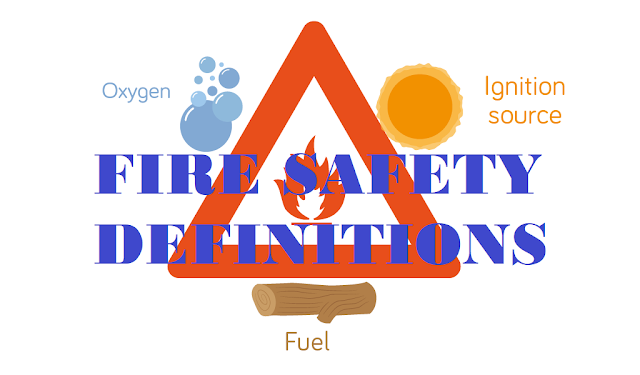Height Work Working At Height Basic
Falls are the leading cause of
deaths in the construction industry.
Most fatalities occur when
employees fall from open--sided floors and sided floors and through floor
openings.
Falls from as little as 4 to 6 feet
can cause serious injuries and sometimes death.
Note: All work above 1.8 m above 1.8 m is considered as Working at Height
Hazards: Fall of Persons from Height; Fall of Material from Height; Fall of Material from Height; Poor Working platforms; Poor Working platforms; Structural Collapse.
Precautions:
Use of height work Permit / work at height Permit to Work System (as required), Dedicated Training; Close Supervision; Provision of Fall Protection (Guard rails etc.); Provision of Personal Fall protection / arrest systems; Follow “Three Point Contact” rule while climbing ladders; Do not overload working platforms.
Falling Objects:
Objects falling from height are capable of causing considerable injury to people and causing considerable injury to people and damage to equipment.
How can we prevent this?
Housekeeping;
Good storage practices;
Cover all unprotected edges;
Carry tools in a ‘hands free’ approved
tool bag;;
Do not use buckets with wire
handles for lifting tools or materials;
Adequate barricades and warning signs.
Operation Safety for Lifting Appliances
The following areas require fall
protection when employees are exposed to fall:
1. Unprotected Sides and Unprotected
Sides and Edges;
2. Scaffolds & Scaffolds &
Unsecured Platforms;
3. Walkways and Walkways and Ramps;
4. Floor Openings & Wall Floor
Openings & Wall Openings;
5. Steep or Steep or Low slope roofs;
6. Excavations, Sewers, Pit;
7. Precast concrete and skeletal racks.


